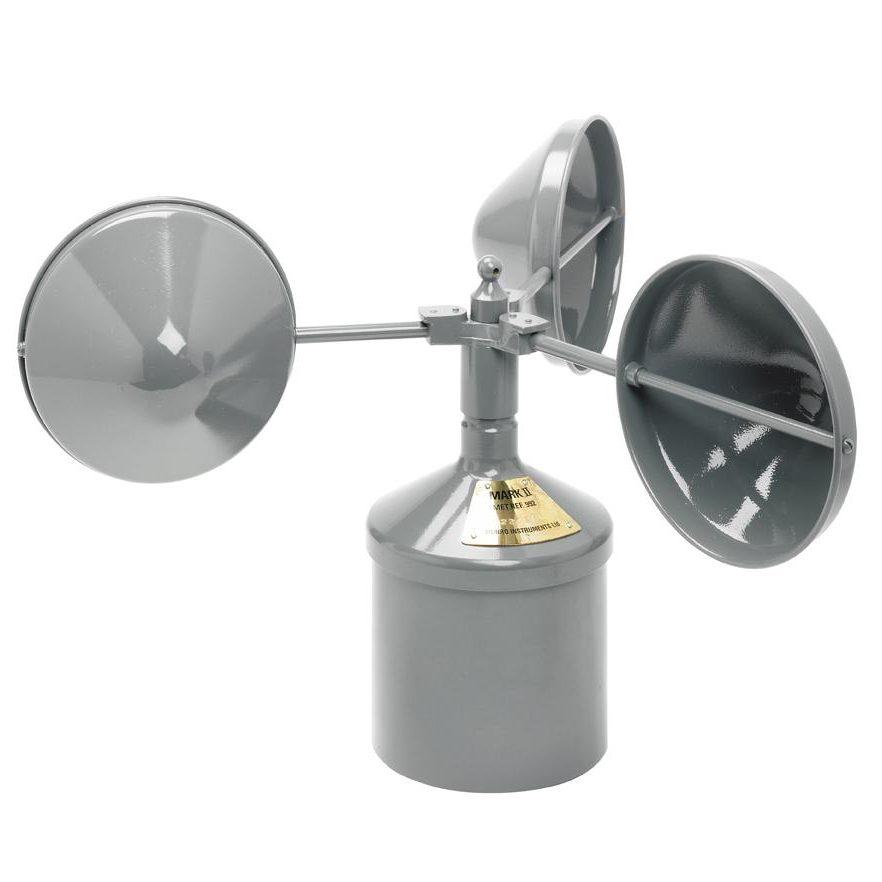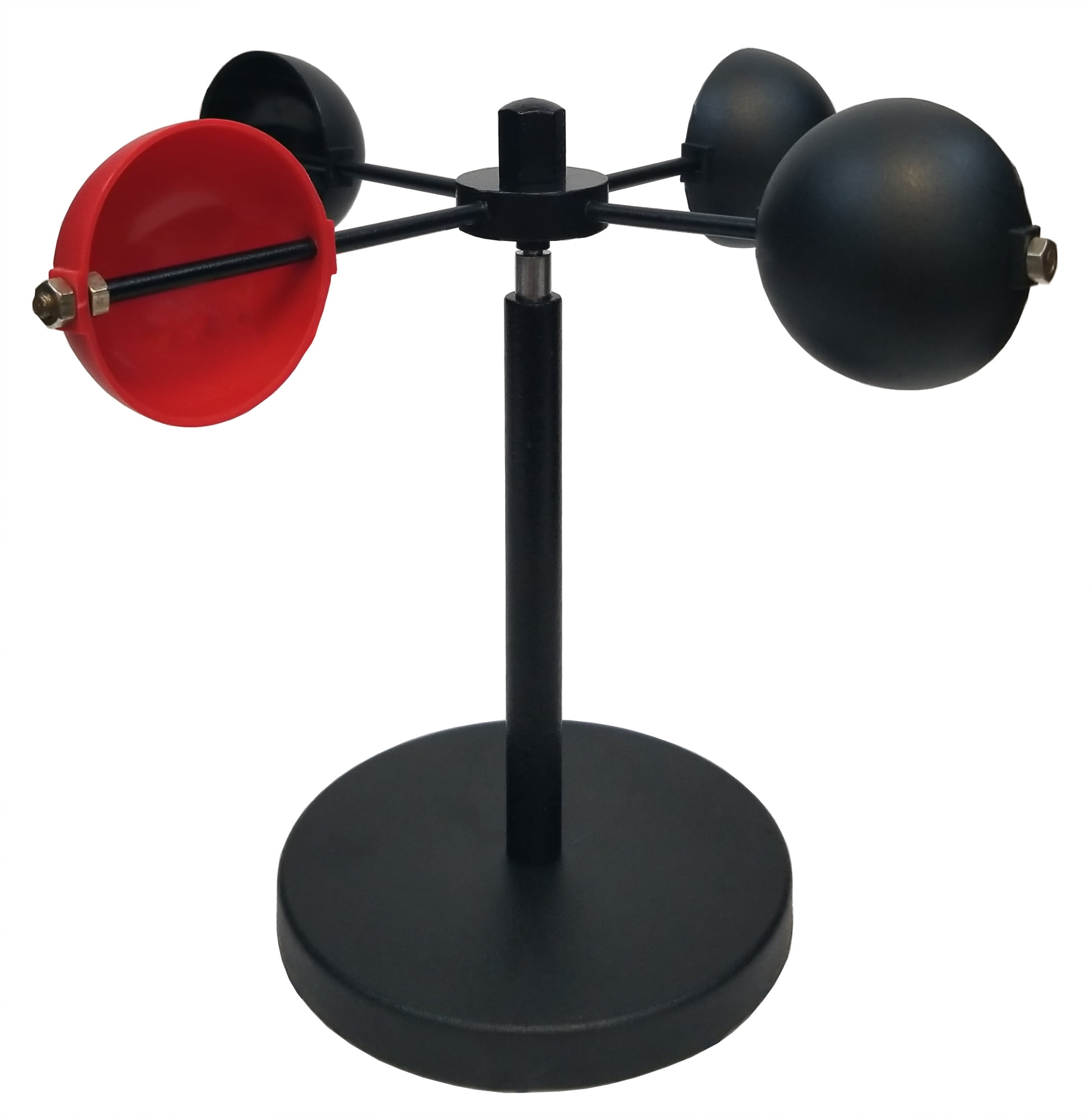
#Anemometer verification
More than 60 NRG S1 Anemometers have been field-tested for over a year across a variety of real-world sites. DNV has performed independent verification of the S1 field test. View NRG S1 classification report for IEC 6 Edition 2.0 (SOH Wind Engineering LLC) Robustness View NRG S1 classification report for IEC 6 Edition 1.0 (SOH Wind Engineering LLC) The NRG S1 Anemometer is the only wind energy anemometer classified to both editions of the IEC 6 standard, enabling straightforward comparisons against both new and legacy anemometers. A proven bearing system and a rugged, metal body design ensure the sensor will operate reliably for many years, in a variety of environmental conditions. There are a few reasons, the most important being that wind speed can change pretty drastically within the span of one minute! Ten seconds of intense spinning could really bring up your measurement, without being reflective of the whole minute.The NRG S1 Anemometer provides a unique balance of high accuracy and low cost, making it ideal for reducing measurement uncertainty in wind resource assessment campaigns as well as power performance tests. Can you think of any reason that this may not be the most accurate way to measure it? In this experiment, you measured the wind speed by counting how many times the anemometer spun in a minute.


Anemometers also help scientists keep track of weather and climate patterns if the wind begins acting unusual, action can be taken in case of an extreme weather event – like a hurricane. Observe itĪnemometers are still used in meteorology today, including cup anemometers just like yours! Many professions, such as sailing and flying, rely on accurate measurements of wind speeds. This makes the anemometer spin, and the frequency of the spins can be measured. When the air is pushed inside the cups, it fills them and pushes them forward, just like if you had pushed them with your hands. The more revolutions (spins) there are, the stronger the wind is! Explain itĪlthough the wind is invisible, it is a powerful force. Here, you are counting the revolutions per minute. To measure the speed of the wind, count how many times the coloured cup passes you within the span of one minute. Bring your homemade anemometer outside, and watch the wind spin it. On one of the cups with only one hole, colour in the bottom with the marker.Push the push pin through the straws and into the eraser, making sure it is secure.The eraser should meet the straws as they cross. Push the pencil through the bottom of the base cup, eraser side up.The straw will be pushed through the 1-cm-below-the-rim holes this time. Repeat steps 4-6 for the remaining cups.On the inside of the cup, bend the straw at the end and tape it to the opposite side of the cup.
#Anemometer free

You should be left with four holes equally spaced apart. Each hole should be 1 cm below the rim, and located between the first two (opposite one another). With the same cup, make two more holes.Using the last cup, make two holes (opposite one another) about 2 cm down from the rim.Make a hole in four of the paper cups, about 2 cm down from the rim.1 pencil (with unused eraser at the end)Īdult supervision may be needed when handling sharp push pins or scissors.The results might just blow you away! What you need In this experiment, become a meteorologist by making an anemometer to measure wind speeds.


 0 kommentar(er)
0 kommentar(er)
